Understanding the California Map
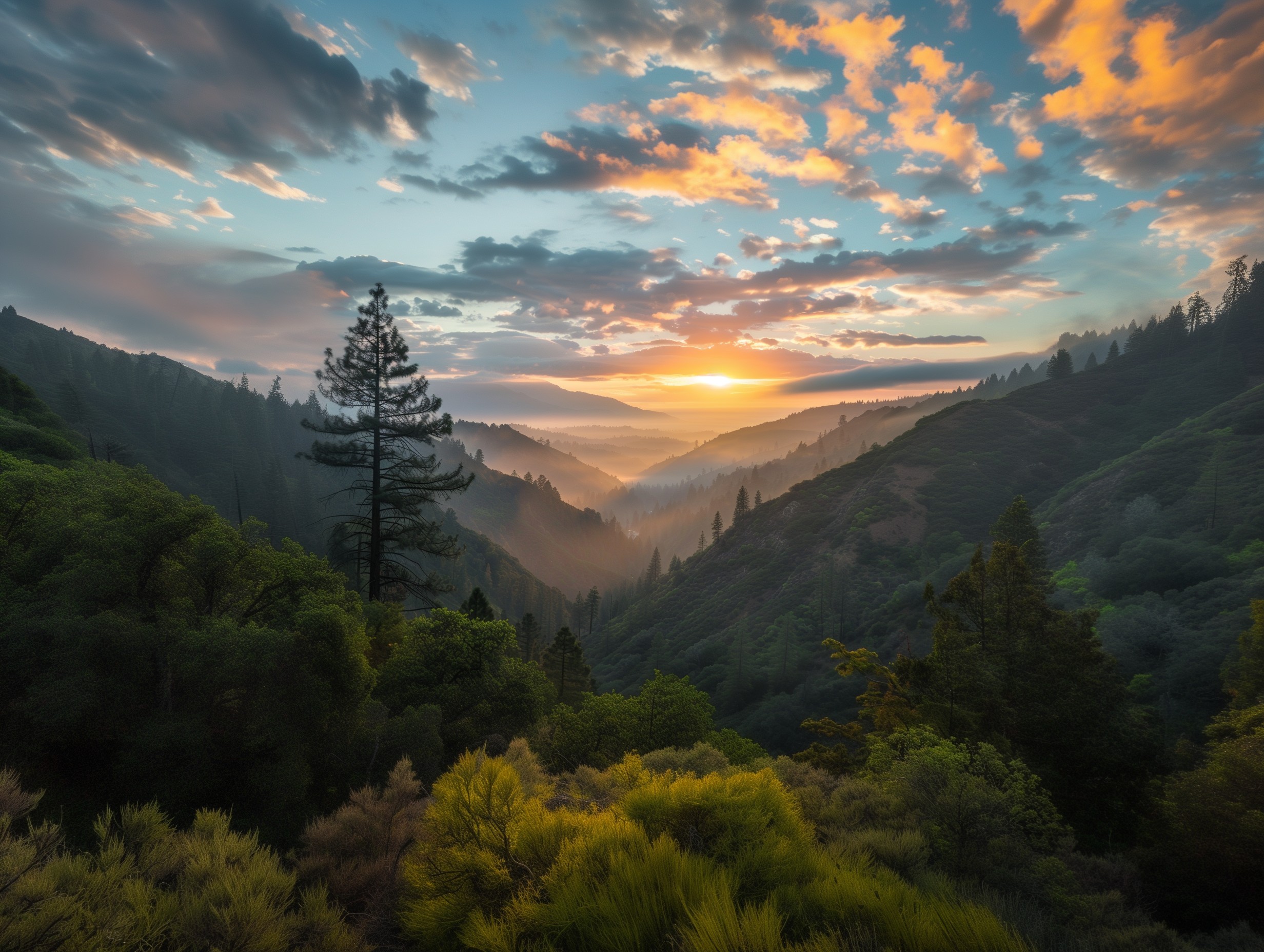
State Borders and Geography
California is a state located on the western coast of the United States. It is bordered by Oregon to the north, Nevada and Arizona to the east, and Mexico to the south. The Pacific Ocean lies to its west, providing California with stunning coastal landscapes and beautiful beaches.
Major Regions
California can be divided into several major regions, each offering unique characteristics. The northern part of the state is known for its lush forests, towering mountains such as Mount Shasta and Mount Lassen, and picturesque lakes like Lake Tahoe. Central California is home to vast agricultural fields that contribute significantly to the nation's food production. This region also includes iconic landmarks like Yosemite National Park and cities like San Francisco. Southern California boasts a Mediterranean climate with sunny weather year-round and famous attractions such as Los Angeles, Hollywood, Disneyland Resort in Anaheim, and world-renowned beach destinations like Malibu.
Natural Landmarks
The natural landmarks in California are truly awe-inspiring. One notable landmark is Death Valley National Park which holds records for being one of hottest places on Earth while also featuring diverse desert landscapes including salt flats, sand dunes, badlands,and rugged mountain ranges.The Redwood National Parks showcases ancient giant sequoia trees that tower over visitors creating a sense of wonderment.Carved by centuries of water erosion,the breathtaking beauty of Yosemite Valley attracts millions every year.Mount Whitney stands tall as highest peak in contiguous United States at an elevation over fourteen thousand feet above sea level.Another remarkable natural feature found within state boundariesis Joshua Tree National Park where two distinct desert ecosystems meet resulting in strikingly unique floraand fauna.Finally,Lake Tahoe,a large freshwater lake nestled between Sierra Nevada Mountains,is renownedfor its crystal-clear waters surroundedby majestic alpine scenery.California's natural landmarks offer endless opportunities for explorationand appreciation of the state's diverse geography.
Cities and Urban Areas in California
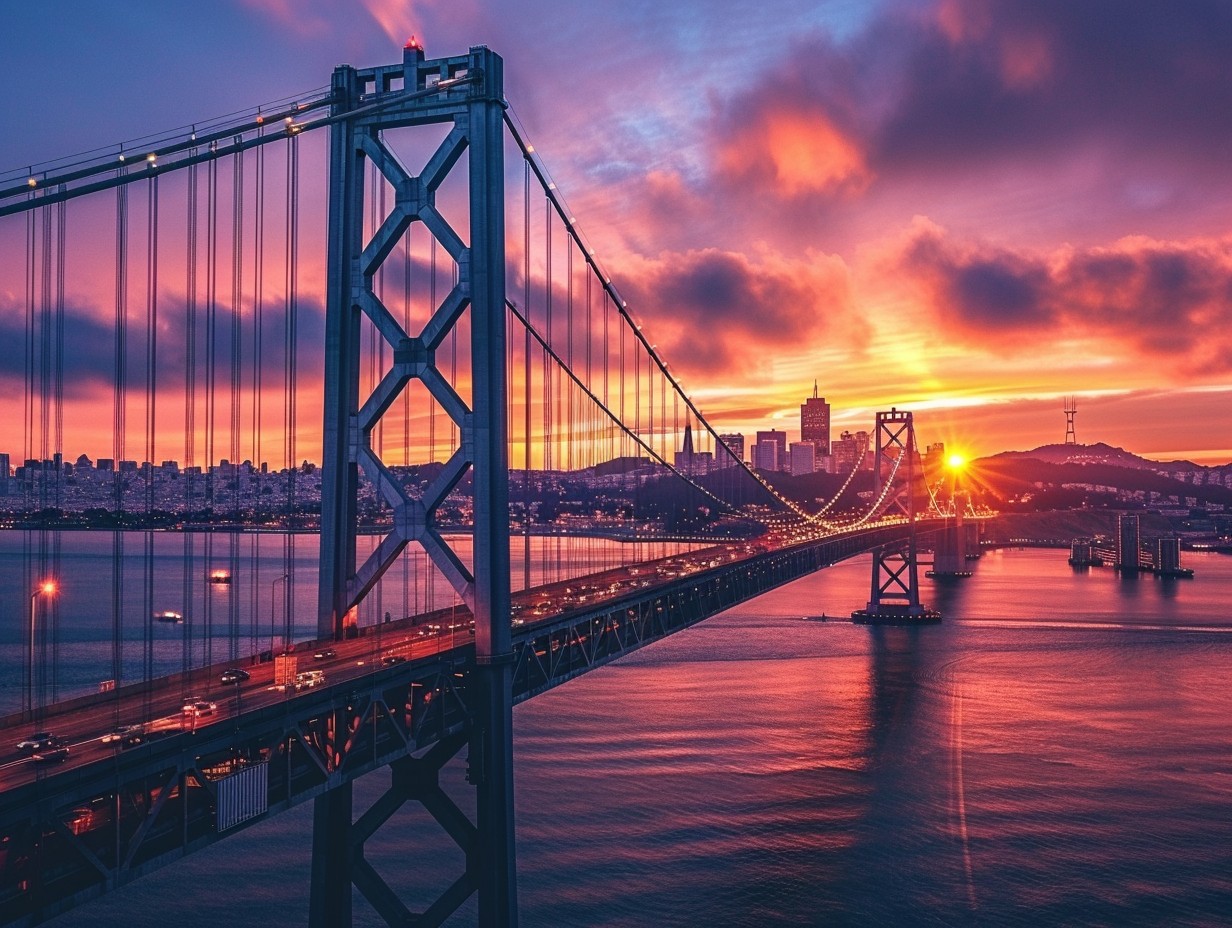
Major Cities Overview
California is home to several major cities that offer a diverse range of cultural experiences and economic opportunities. Los Angeles, the largest city in California, is known for its entertainment industry and iconic landmarks such as Hollywood Boulevard and the Griffith Observatory. San Francisco, located in northern California, is famous for its Golden Gate Bridge and vibrant arts scene. Other notable cities include San Diego with its beautiful beaches and world-renowned zoo, Sacramento as the state capital, and San Jose known as the center of Silicon Valley.
Population Centers
As one of the most populous states in the United States, California has numerous population centers spread throughout its vast territory. The greater Los Angeles area alone has a population of over 18 million people. Other densely populated areas include the San Francisco Bay Area with nearly 8 million residents and the San Diego metropolitan area with around 3 million inhabitants. Additionally, regions like Orange County, Riverside-San Bernardino County, and Sacramento also contribute significantly to California's overall population.
Urban vs Rural Areas
California exhibits a stark contrast between urban areas characterized by high levels of development and rural areas that are more sparsely populated or dedicated to agriculture. Urban areas like Los Angeles, San Francisco, San Diego have dense populations along with bustling commercial districts filled with skyscrapers and various amenities catering to urban lifestyles. On the other hand,rural areas encompass agricultural lands where farming activities dominate large stretches of land across Central Valley while offering scenic natural landscapes such as mountains ranges like Sierra Nevada or coastal vistas.
California's Road and Highway Systems
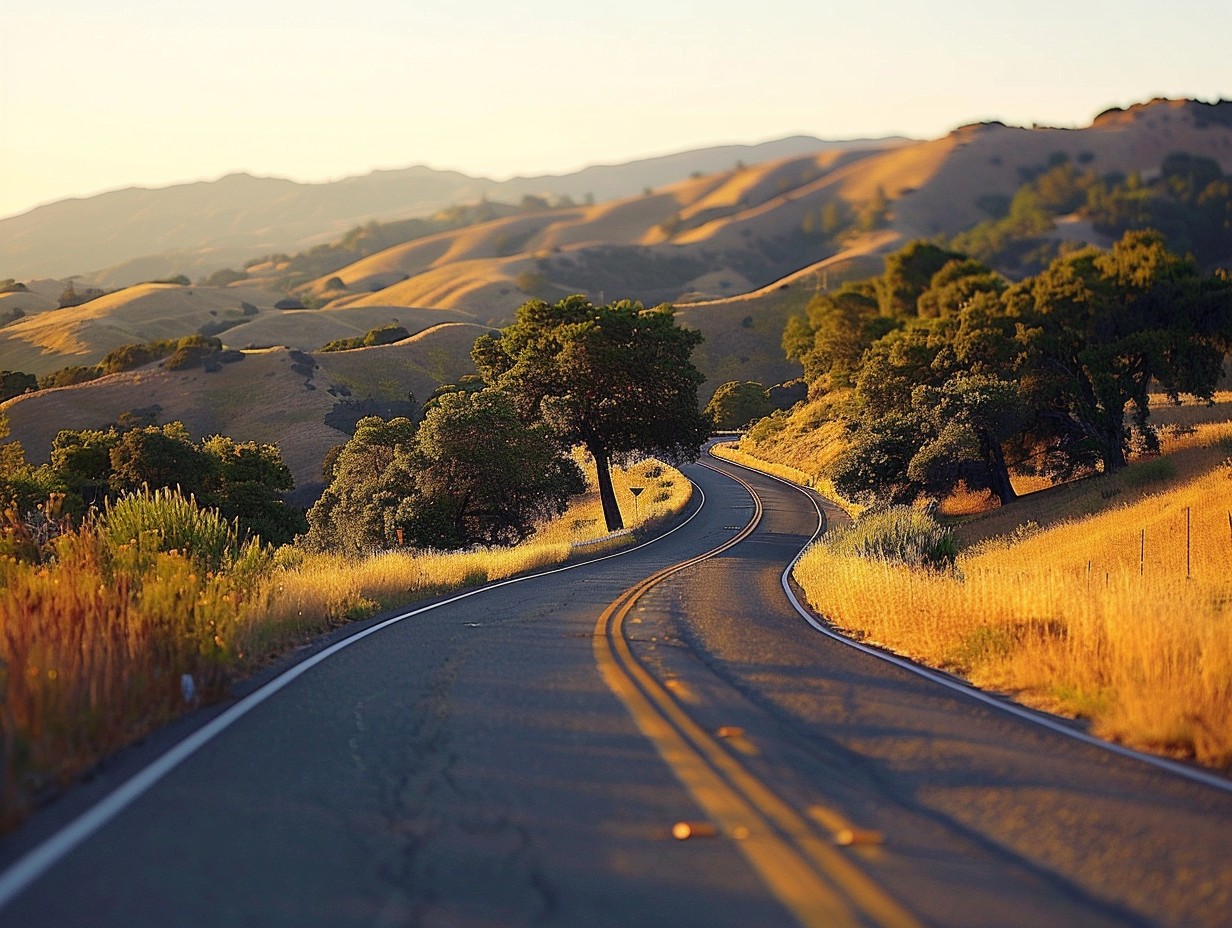
Major Highways
California is home to a vast network of major highways that crisscross the state, connecting cities and regions. One of the most iconic highways in California is Route 1, also known as the Pacific Coast Highway. Stretching along the scenic coastline, this highway offers breathtaking views of the Pacific Ocean and takes travelers through charming coastal towns like Santa Cruz and Big Sur. Another important highway in California is Interstate 5, which runs from the Mexican border all the way up to Oregon. This interstate serves as a major transportation route for both commercial trucks and leisure travelers alike.
Scenic Routes
California is renowned for its stunning scenic routes that showcase its diverse landscapes. One such route is Highway 101, which spans from Southern California to Northern California. Along this route, travelers can experience everything from picturesque vineyards in wine country to towering redwoods in Humboldt County. For those looking for an adventure off-the-beaten-path, Tioga Road in Yosemite National Park offers breathtaking mountain scenery and access to hiking trails leading to alpine lakes and meadows. Additionally, Joshua Tree National Park boasts a scenic drive where visitors can marvel at unique desert landscapes dotted with iconic Joshua trees.
Traffic Patterns
Navigating traffic patterns in California requires careful planning due to high population density and congestion on roadways during peak hours. Major cities like Los Angeles and San Francisco are notorious for their heavy traffic flow throughout the day. Commuters often face long commutes on crowded freeways such as Interstate 405 or US-101. To alleviate some of these challenges, carpool lanes are implemented on many highways across the state to encourage ridesharing and reduce single-occupancy vehicles during rush hour periods.
Natural Features and Parks
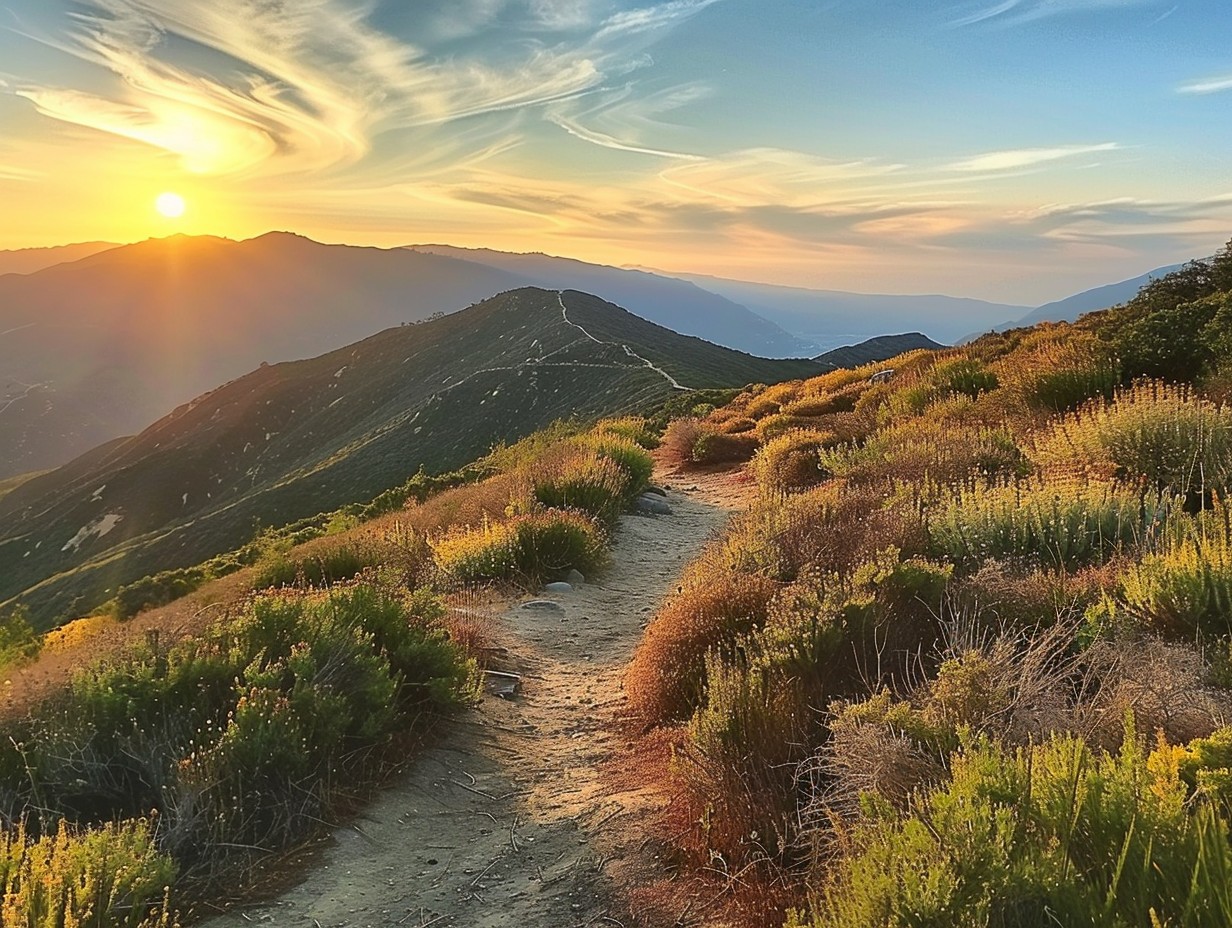
State and National Parks
California is home to a wide variety of state and national parks, offering visitors the opportunity to explore its diverse landscapes and rich natural beauty. From the iconic Yosemite National Park with its towering granite cliffs and majestic waterfalls, to the stunning Joshua Tree National Park with its unique desert ecosystem, there is something for everyone. Other notable parks include Death Valley National Park, known for its extreme temperatures and breathtaking vistas, as well as Redwood National and State Parks, where visitors can marvel at some of the tallest trees on Earth.
Rivers & Lakes
With an extensive network of rivers and lakes, California offers abundant opportunities for water-based activities such as boating, fishing, swimming, and kayaking. The Sacramento River is one of the longest rivers in California, flowing through scenic valleys and providing habitat for various wildlife species. Lake Tahoe is another popular destination known for its crystal-clear waters surrounded by picturesque mountains. In addition to these well-known bodies of water, there are numerous smaller lakes scattered throughout the state that offer tranquility amidst beautiful natural surroundings.
Mountains & Deserts
California's landscape is adorned with magnificent mountain ranges and vast deserts that attract outdoor enthusiasts from around the world. The Sierra Nevada Mountains stretch across much of eastern California and are home to iconic peaks like Mount Whitney - the highest summit in the contiguous United States. The rugged beauty of these mountains provides countless hiking trails leading to breathtaking vistas. On the other hand, California's deserts such as Mojave Desert showcase a different kind of allure with their arid landscapes dotted with unique flora like Joshua Trees or vibrant wildflowers during springtime.
Cultural and Historical Sites
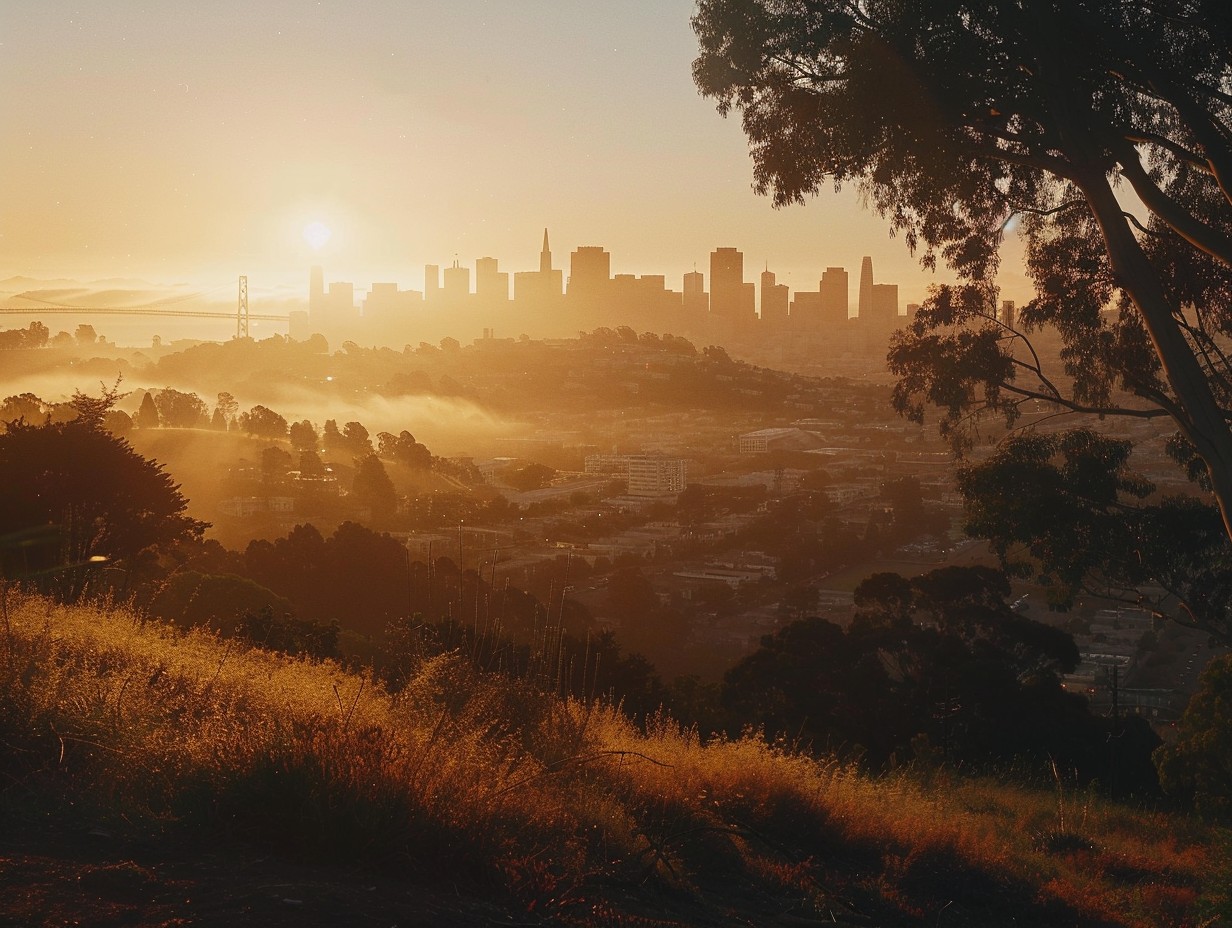
Historical Landmarks
California is home to numerous historical landmarks that showcase the state's rich history. From the iconic Golden Gate Bridge in San Francisco to the famous Hollywood sign in Los Angeles, these landmarks attract tourists from all over the world. The California State Capitol Museum in Sacramento offers visitors a glimpse into the state's political history, while Alcatraz Island provides a chilling look at its criminal past. Other notable landmarks include Mission San Juan Capistrano, Hearst Castle, and the Winchester Mystery House.
Cultural Institutions
California boasts a vibrant cultural scene with an array of institutions dedicated to preserving and promoting art, music, and theater. The Getty Center in Los Angeles houses an impressive collection of European paintings, sculptures, and decorative arts spanning centuries. The de Young Museum in San Francisco showcases American art from different periods as well as contemporary works. For music enthusiasts, the Walt Disney Concert Hall is renowned for its acoustics and hosts performances by world-class orchestras. Additionally, theaters like Berkeley Repertory Theatre and La Jolla Playhouse offer diverse theatrical experiences.
Famous Birthplaces
Many notable individuals have been born in California who have made significant contributions to various fields. Silicon Valley has given birth to tech giants such as Steve Jobs (co-founder of Apple) and Mark Zuckerberg (founder of Facebook). In entertainment industry icons like Marilyn Monroe (actress), Clint Eastwood (actor/director), Leonardo DiCaprio (actor), have emerged from California's cultural landscape. Sports legends including Serena Williams (tennis player) and Kobe Bryant (basketball player) also hail from California. These famous birthplaces highlight how Californians have shaped industries worldwide.
California's Climate Zones
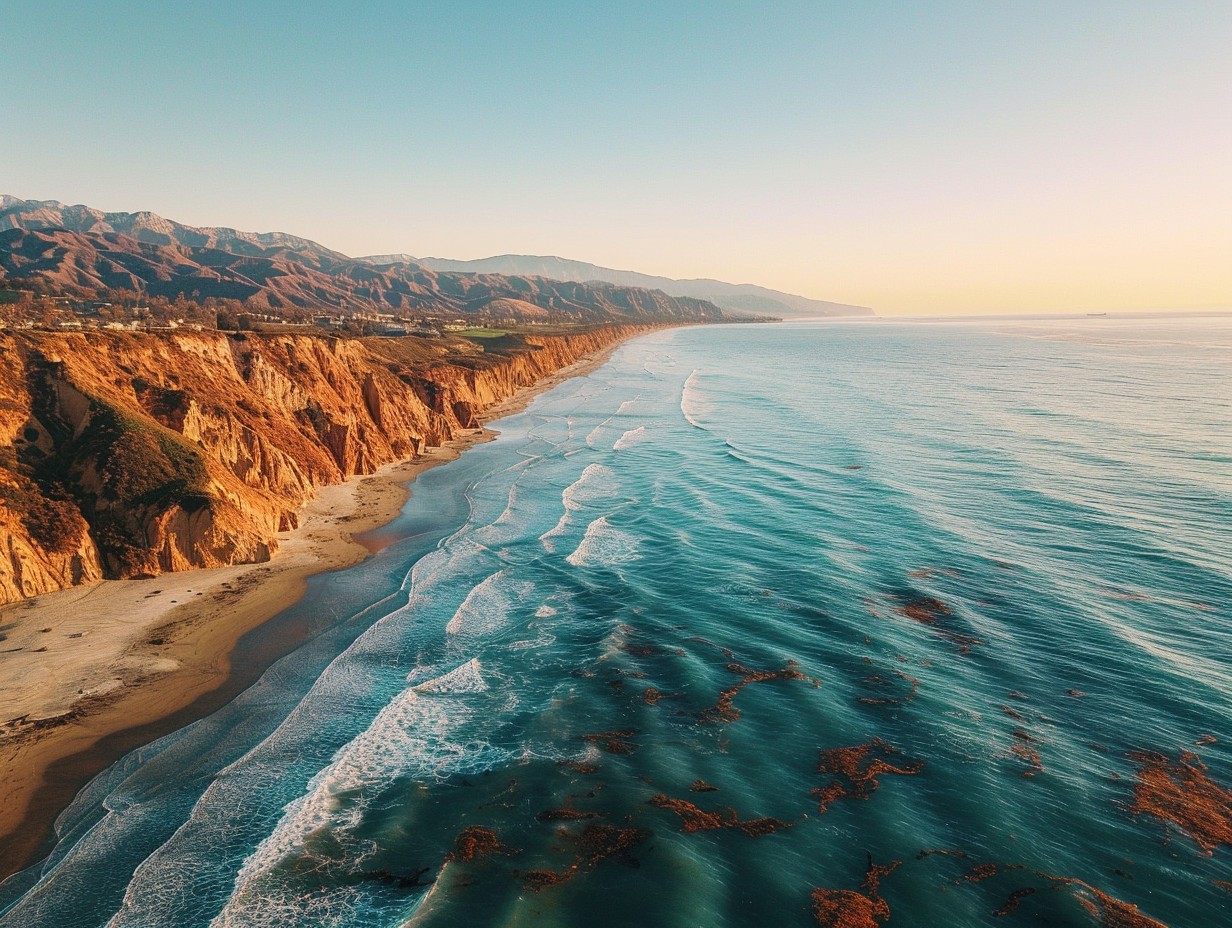
Coastal Weather Patterns
California's coastal weather patterns are characterized by mild temperatures, moderate humidity, and frequent fog. The cool ocean currents along the coast help to keep temperatures relatively stable throughout the year. Summers are typically cooler with average highs in the 60s to low 70s Fahrenheit (15-22 degrees Celsius), while winters tend to be milder with average highs in the 50s to mid-60s Fahrenheit (10-18 degrees Celsius). Coastal areas also experience a marine layer of fog that often rolls in during the morning hours and burns off by midday. This unique weather pattern provides a refreshing respite from hotter inland regions.
Desert Climates
In contrast to California's coastal regions, desert climates can be found in parts of the state like Death Valley National Park and Joshua Tree National Park. These arid environments are known for their extreme heat and dryness. During summer months, temperatures can soar well above 100 degrees Fahrenheit (38 degrees Celsius) and even reach record-breaking highs exceeding 120 degrees Fahrenheit (49 degrees Celsius). Winters bring cooler but still relatively warm temperatures, ranging from the upper 60s to lower 70s Fahrenheit (20-23 degrees Celsius). Precipitation is scarce in these desert areas, with annual rainfall amounts often less than five inches.
Mountain Weather
California's diverse geography includes stunning mountain ranges such as the Sierra Nevada and Cascade Mountains. Mountain weather varies depending on elevation and location within these ranges. Higher elevations experience colder temperatures year-round compared to lower elevations or coastal areas. In winter, snowfall is common at higher altitudes, making it an ideal destination for skiing enthusiasts. Summers at higher elevations offer a pleasant escape from sweltering heat, with average temperatures ranging from the 70s to low 80s Fahrenheit (21-27 degrees Celsius). Overall, the mountainous regions of California provide a striking contrast to coastal and desert climates.
Planning Your Visit
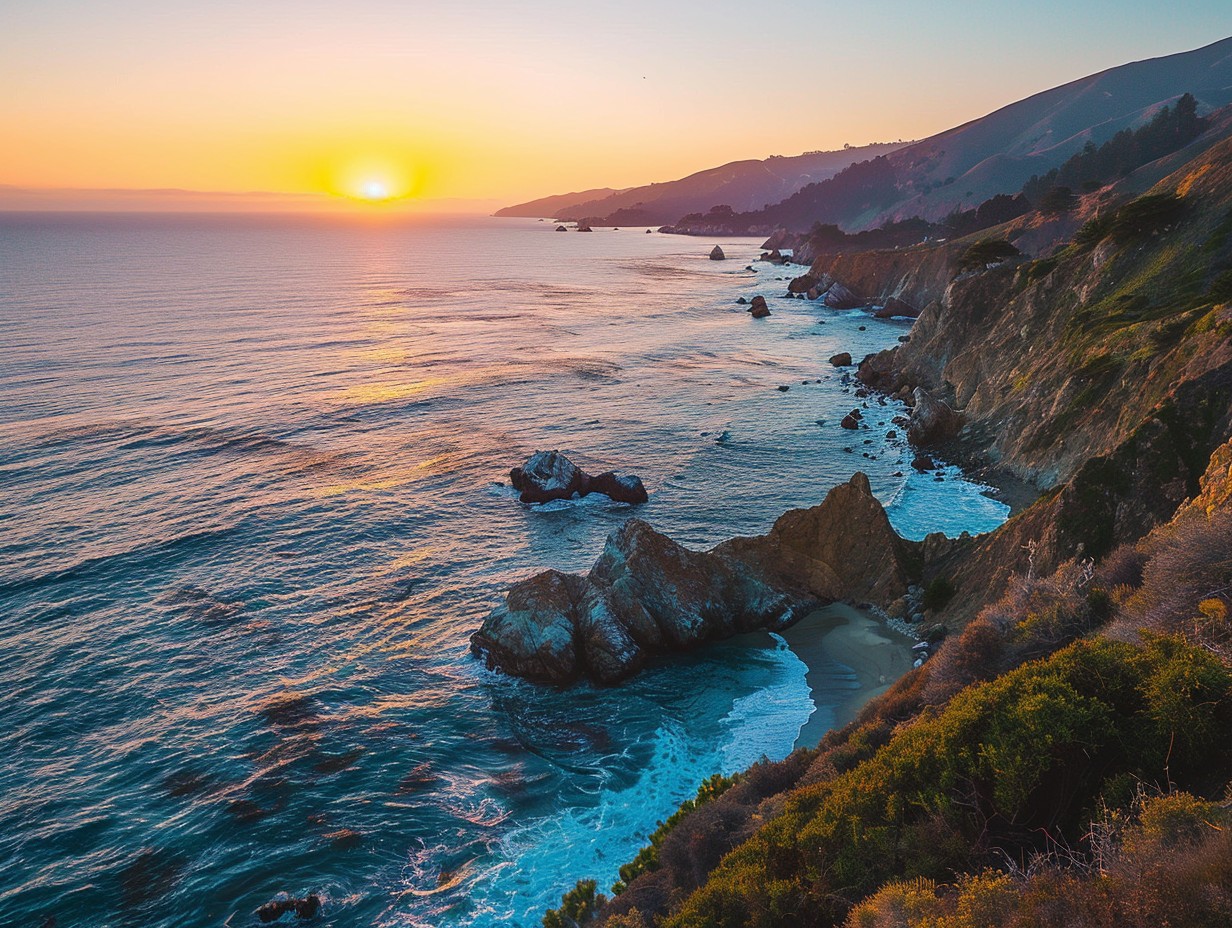
Best Times to Visit
California is a year-round destination with various seasons offering different experiences. The best times to visit depend on your preferences and the activities you plan to do. If you enjoy warm weather and outdoor activities, summer is the ideal time to visit California. The beaches are bustling, and popular attractions like Disneyland and Universal Studios are crowded with tourists. Spring and fall offer milder temperatures, making it a great time for hiking in national parks or exploring cities without the summer crowds. Winter brings cooler temperatures but also quieter tourist spots, especially in Southern California.
Must-See Attractions
California is known for its iconic must-see attractions that draw millions of visitors each year. One of the top attractions is the Golden Gate Bridge in San Francisco, an architectural marvel with stunning views of the cityscape and bay area. Another must-see attraction is Yosemite National Park, famous for its towering granite cliffs, waterfalls, and diverse wildlife. Los Angeles offers attractions like Hollywood Walk of Fame, where you can see stars dedicated to famous celebrities along the sidewalk; Universal Studios Hollywood provides an immersive movie experience; Rodeo Drive showcases high-end shopping options.
Travel Tips
When planning a trip to California, there are several travel tips worth considering for a smooth and enjoyable experience. Firstly, make sure to check the weather conditions before your trip as they can vary significantly across different regions of California due to its diverse geography. Additionally, booking accommodations well in advance is advisable during peak tourist seasons as hotels tend to fill up quickly. It's also important to consider renting a car or using public transportation depending on your itinerary as distances between destinations can be vast.